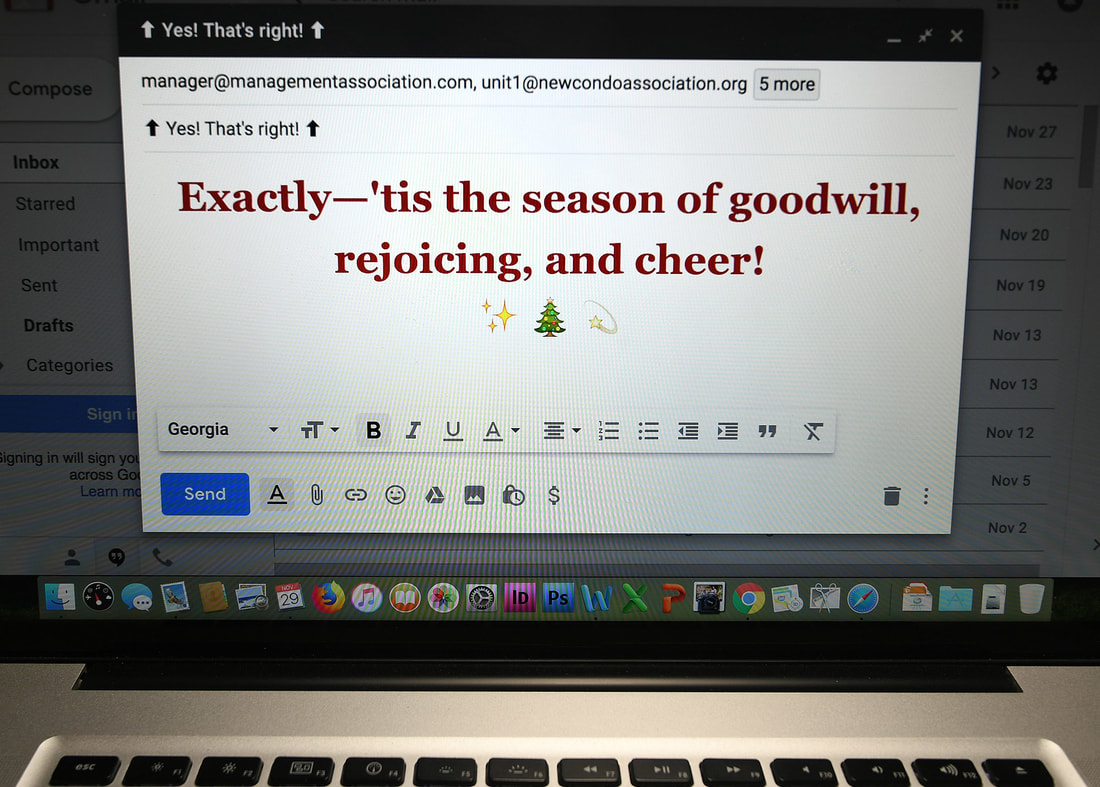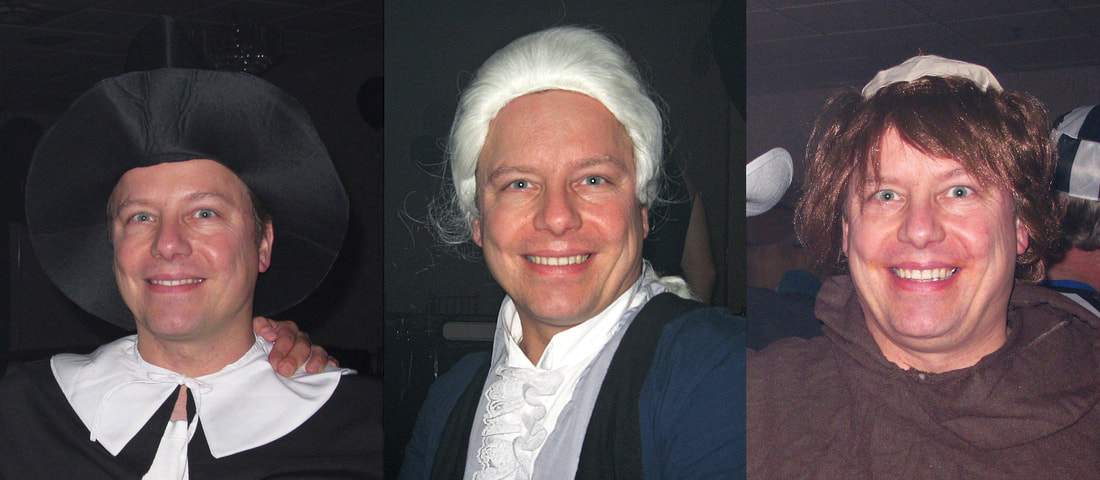And now, with that one interviewer question, the floodgates open to release all that negativity into the conversation! Or do they?
There is no reason to start hyperventilating. As I said in an earlier blog post, there are the interviewers’ words, and then there is what they are really asking.
You don’t have to take up the interviewer on his or her specific wording. Not only do you not have to, in this case I caution against it. If you start out by saying “My biggest failure was…,” the very way it is worded implies there are two or more instances failure also happened, almost as big as that “biggest” failure. There is a substantial risk the interviewer will probe for those.
Therefore, you might want to rephrase the beginning of your answer to go something like:
“Well, there was that time things didn’t go as planned at all.”
Anyone can relate to that. You can do without using the word “failure” and still acknowledge the reality of failure. Saying things “didn’t go as planned” doesn’t suggest as much that the failure was brought about by you personally, and shifts the focus from your person to what happened.
Interviewers really want to know how you emerged from that time of failure. I can’t think of one successful professional who can truthfully say he or she has never failed. Interviewers worth their salt know that. They know the path to real success is never without setbacks and miscarriages.
So, rather than being blindsided by this question, come prepared to transform it into a story of learning and growth. Interviewers will see you as all the more experienced and resourceful for that, with the capacity for solutions for the problems of the future. On that note: Happy New Year!





